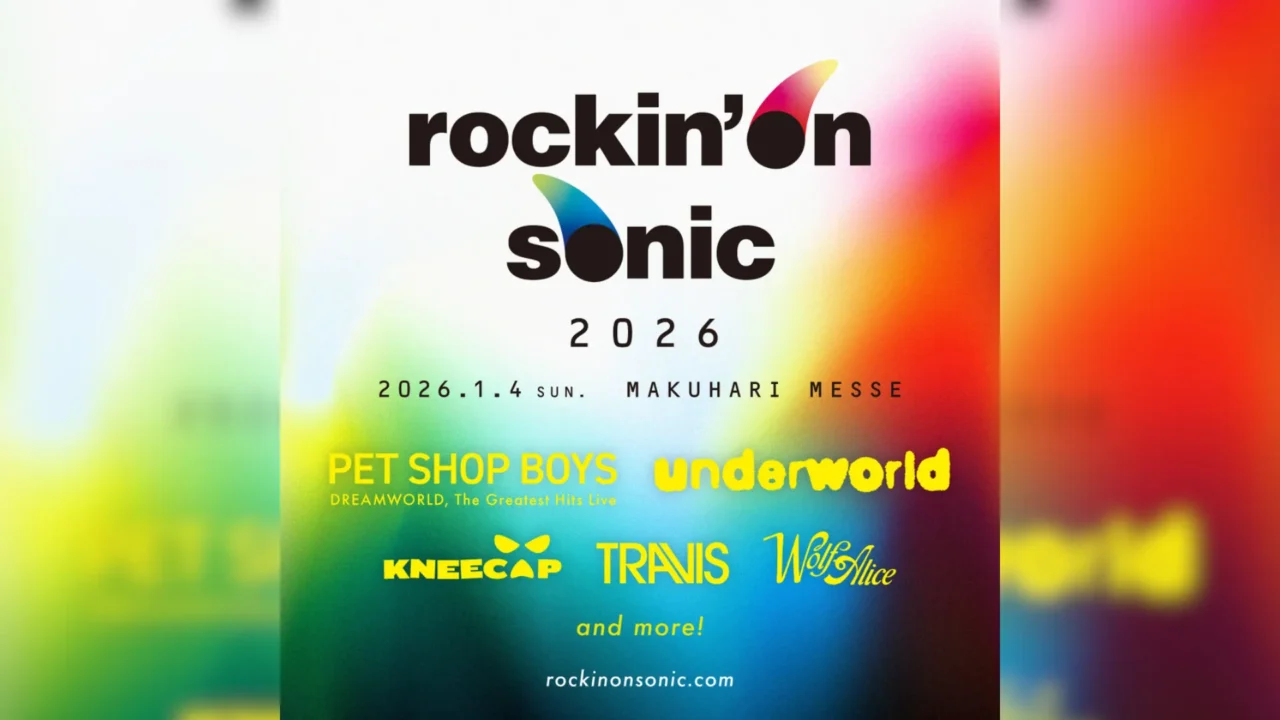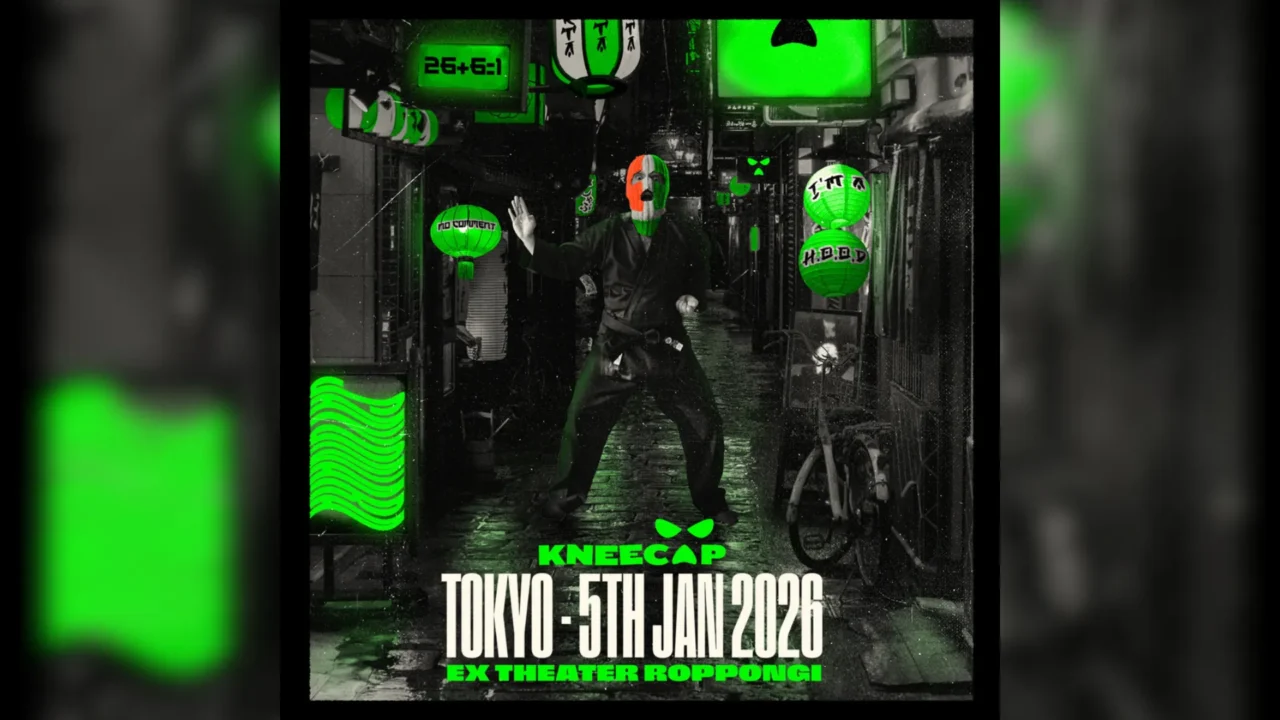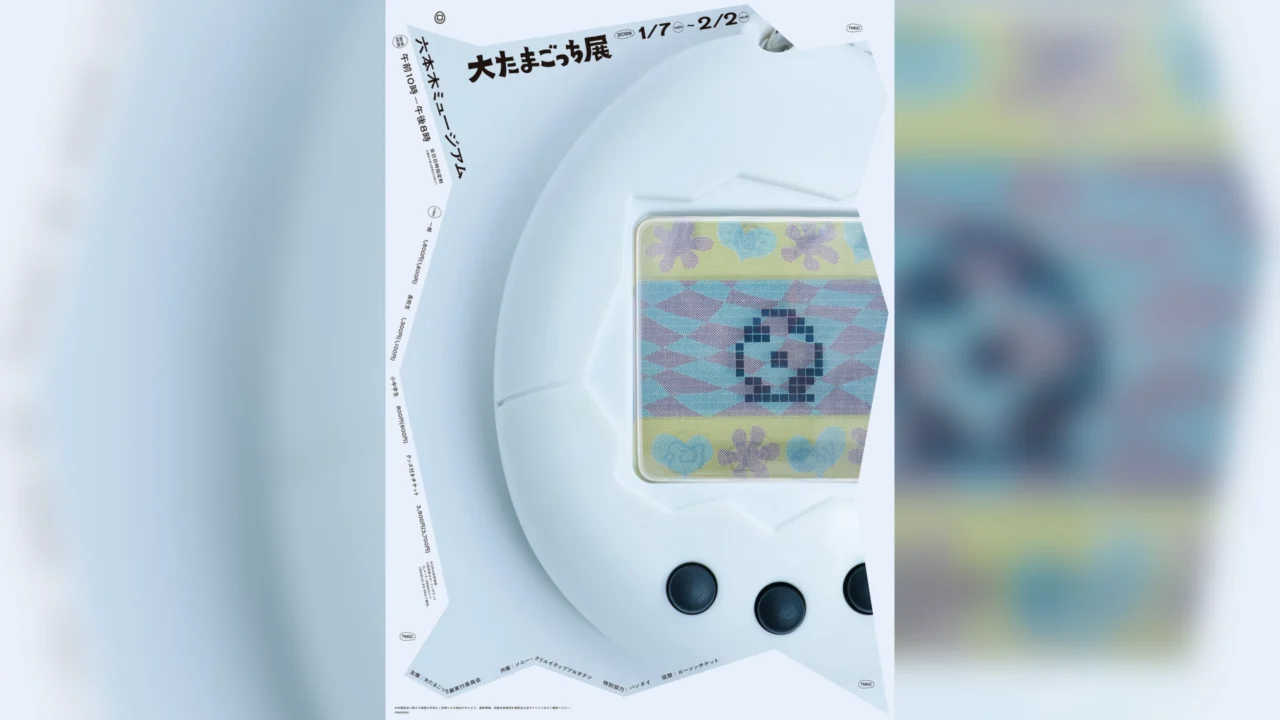SATOH, the dynamic rock duo whose groundbreaking sound has earned them widespread acclaim, was recently nominated for the prestigious APPLE VINEGAR -Music Award- hosted by Masafumi Gotoh of ASIAN KUNG-FU GENERATION. Their debut album BORN IN ASIA showcases their bold, genre-defying approach to music, and their philosophy of creating songs that resonate with their inner world rather than fitting into conventional molds.
In this interview, SATOH opens up about their unique creative process, offering insights into why they choose the sounds and melodies that feel right to them. Their words challenge the norms, reminding us of the true power of music and its ability to communicate raw emotion and authenticity.
This conversation marks the first time I’ve connected with them since their major debut with OK, a milestone they humbly refer to as their “record deal.” Reflecting on their journey, from the release of their EP Monkeys to their performances at massive festivals like FUJI ROCK FESTIVAL and REDLINE ALL THE FINAL, we dive deep into the core of SATOH’s artistic vision.
INDEX
Bringing the Rock Band Energy: Headbanging on the Same Stage
This time, we’re reflecting on the year since the release of your major debut single “OK.” Over the past year, you’ve completed a total of seven songs, produced music videos for all of them, including the tracks on your EP, and performed on big stages like Fuji Rock and REDLINE at Makuhari Messe. It seems like you’ve had an incredibly intense year. How does it feel to you two?
Linna Figg: Whether it was at large venues or places far from our scene, or even at the super-homey CIRCUS × CIRCUS, we’ve had the chance to perform, and there’s definitely a sense of “understanding” now. Like, “I get it now.” So, right now, I’d say we’re in a “we get it” state.
A “we get it” state?
Linna Figg: We’ve figured out what needs to be done.
Kyazm: Absolutely.
Linna Figg: Over the past year, I feel like we’ve laid a solid foundation. So, for this year, I’m planning to release a ton of new songs. Though I’m known to change my mind (laughs), right now, I’m really eager to put out as much music as possible.

Emerging from the depths of the pandemic, SATOH quickly transformed their creative vision into a captivating force. As the masterminds behind the secretive FLAG parties, they’ve seamlessly fused their artistic journey with collaborations from a diverse array of global talent. Their first album, BORN IN ASIA, dropped in March 2023, followed by a triumphant release tour that took them through Shibuya’s WWW and Osaka’s CIRCUS. The duo’s momentum continued to build, culminating in the largest FLAG event yet at Shibuya’s O-EAST in September 2023. Alongside their long-time collaborators such as Age Factory, HEAVEN, No Buses, and Peterparker69, they also welcomed New York’s Harry Teardrop, solidifying their impact on Tokyo’s dynamic music scene.
Over the past year, what have you explored as SATOH, and what have you “understood”?
Linna Figg: About a year ago, when we were interviewed, it was right after we performed at the SPARK!!SOUND!!SHOW!! event, and just before that, we had been invited to THE ORAL CIGARETTES’ Hokkaido tour, which was our first proper invitation to perform with a band. Up until then, we had been innocently creating what we liked and performing in front of people, saying things like “We’re going to be the top of J-ROCK!” But once we actually went to perform with bands, we felt the culture and energy of the audience firsthand, and it was like, “I see.” I realized that if we really wanted to be taken seriously, we couldn’t keep going like this. I started to want to make the crowd headbang too. So, over the past year, I’ve been thinking about how to make that happen while staying true to SATOH’s style. “OK” wasn’t even recorded at that point, but it was the song that resonated the most during our live performance at SPARK!!SOUND!!SHOW!!.
With that response in mind, this must have been the song you chose for your major debut. Over the past year, while you’ve been focused on figuring out how to make the audience headbang on the same stage as a rock band, what specific answers have you found?
Linna Figg: We really thought about the drums and guitar sounds. We’re not the typical band with drums and bass, like, “We’ve been playing together since high school.” The final version of the track has a digital beat and heavy guitar, but when we considered it as a live show, we realized that wasn’t enough. So, Kyazm tried a lot of different equipment.
Kyazm: Exactly. Over the past year, we realized that “live performance is crucial,” and for me, it was a time to really focus on the guitar. I tried all sorts of equipment. At first, I tried to bring out the best from the amp, but that didn’t quite work, so now I’m playing without an amp and connecting directly through the line.

Linna Figg: We bought a car just to transport the amp, but then… [laughs].
Kyazm: And now it’s all pointless [laughs].
INDEX
Creating Music That Gives You That ‘Wow!’ Moment, Like Smelling Your Favorite Scent
I feel that before SATOH focuses on “what kind of sound to create,” they first explore “what kind of person they want to be,” and then work on expressing that through their music. This year’s seven releases seemed to showcase SATOH’s identity more than ever, and I’m curious about what led to this shift. Looking back at those seven tracks, what inspired the creation of “Welcome to life”?
Linna Figg: When I was writing the lyrics for “Welcome to life,” I was in the middle of a period of exploration. With the record deal and the changes in my environment, I started thinking about where I’ll be in 10 or 30 years. In my vision, SATOH won’t exist 30 years from now. I thought I’d stop before I get too old. During that time, I found myself questioning whether the path I was on was the right one, and there was a lot of confusion and internal conflict. But when I finally felt that “I can do this,” that’s when the song came together. Also, my friend Harry Teardrop came to stay with me from New York, and when we went to the local Life supermarket, we saw “Welcome to LIFE” written on the sign. Harry got really excited about it, saying, “This is it! We should make a song about this!” That energy definitely contributed to the song’s creation [laughs].
Kyazm: I remember playing the guitar in a very relaxed way.
It might sound a bit awkward to put it into words, but do you feel that the sound aligns with the feeling of starting to overcome confusion?
Kyazm: Yeah, exactly. During the recording, I tried playing so softly that I could hardly hear my own sound coming back. It was like capturing the “space” within the song through the guitar.
How about “Rich & Famous”?
Linna Figg: This one is all about having fun. My friend ary, a rapper and songwriter, came over, and while we were watching a live video of Tomoyasu Hotei, he suggested, “Let’s make a riff like Hotei’s.” So, we just messed around and created the song [laughs].

If I were to sum up what SATOH has been singing about across all seven tracks, including “Rich & Famous” with its mellow verse and explosive hook, along with themes about self and other artists’ attitudes, I’d say it’s “love and frustration.” How do you feel about that?
Linna Figg: That’s a bit embarrassing [laughs].
[laughs]. Even though “Rich & Famous” was created in a playful way, looking back at the seven tracks, what do you think has been the driving force behind these songs for you?
Linna Figg: “Rich & Famous” was pretty much a freestyle, but now that you mention it, I might have been thinking about those things. I definitely felt frustrated. But recently, I’ve been thinking… don’t you ever feel like something like a substance comes out of your brain when you’re listening to music?
Out of your brain?
Linna Figg: Kind of it, but it’s more like the feeling you get when you smell your favorite scent and go, “Wow!” For example, you can get that feeling from movies or things outside of music, but it happens a lot with music. That’s probably why I love it so much. The music I create needs to evoke that feeling, or it just doesn’t feel right. If I don’t get that substance, I scrap the demo. It might be that I create music more with the intention of bringing out that feeling, rather than focusing on what I want to sing.
For me, my brain shakes when I see something hidden by the creator of a song revealed within the music. For you, Linna, what kind of elements bring out that “substance”?
Linna Figg: When I go to the airport, I get that “Wow!” feeling. Also, I’m from Yokohama, and in the Kohoku New Town area, in the evening, the light in the apartment looks like dots, and it feels like the walls themselves are glowing. The sky is blue at the bottom and dark at the top. Those kinds of scenes also give me that “Wow!” feeling. It’s that kind of vibe. I’m not trying to create those exact scenes, but I want to make music that gives off a similar kind of substance.
Do you share that feeling with Kyazm?
Kyazm: I don’t share that exact feeling, but I do really love the songs. If I didn’t, we wouldn’t be working together. For me, it’s more about movies, games, and manga that make my brain shake. It’s not the visuals themselves, but the structure, the composition, that really gets to me.
Linna Figg: You’re a genius.
Kyazm: To put it simply, it’s like “foreshadowing” even though I might’ve made it too obvious.
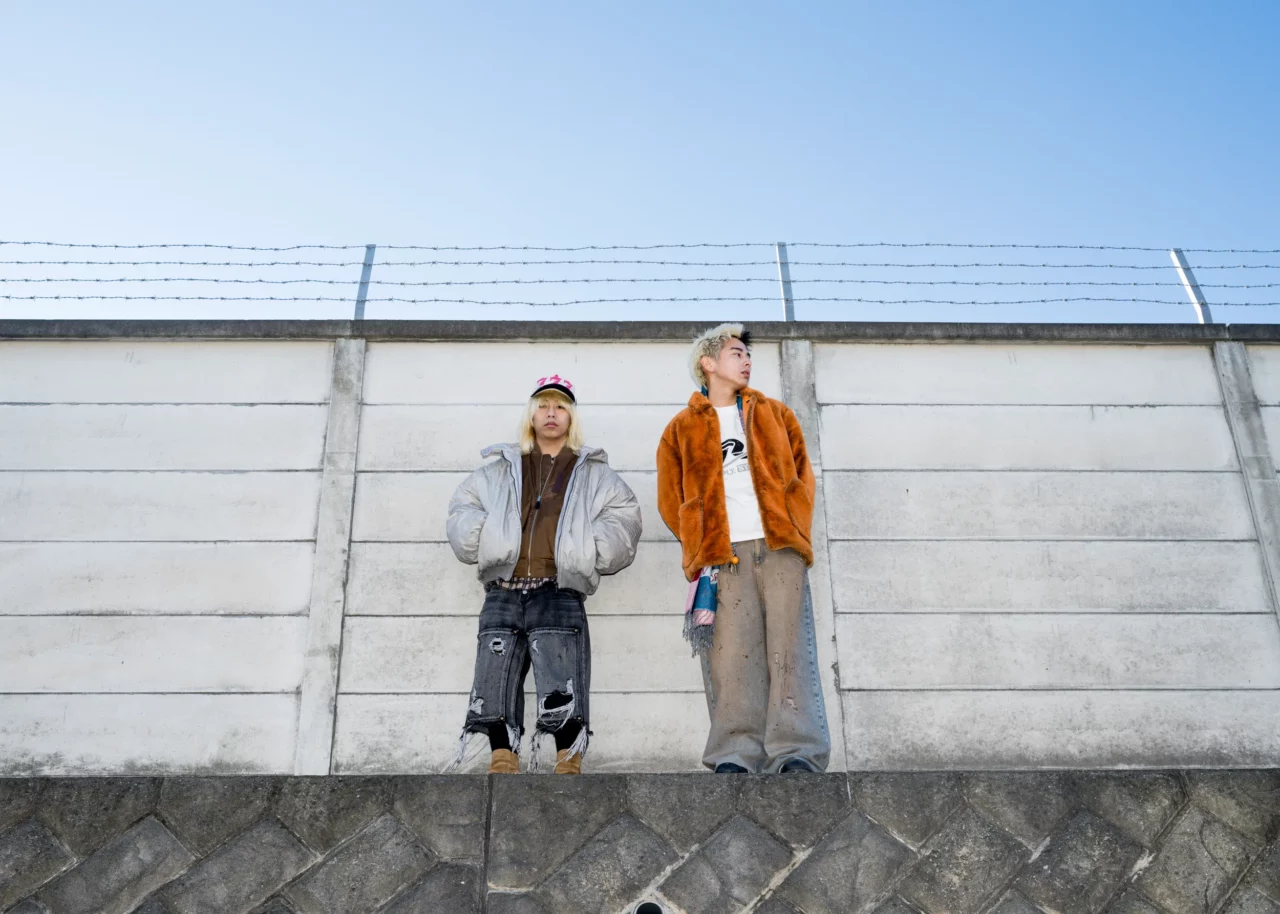
Linna Figg: Sometimes, depending on the vibes at the time, I can’t find the right song to listen to, so it’s not about showing off or anything, but honestly, it’s faster for us to just make it ourselves. On the other hand, this past week I’ve been so obsessed with Yuki Chiba’s album that I’ve been listening to it non-stop, so I’m not really in the mood to make music. I’m fine for now [laughs].
It’s great that you’ve been able to maintain the style of not forcing yourself to write when you’re in the mood to listen to music, even after signing a major contract.
Linna Figg: There are a lot of deadlines, and it seems cool to go to a family restaurant in the middle of the night and write songs, right? I thought, “That sounds nice,” and tried it once, but it was just impossible.
Kyazm: Haha [laughs].
Linna Figg: If it doesn’t feel right, I try not to force it [laughs].
It’s not that you’re rejecting the approach of writing music with deadlines or themes, but rather that you admired it.
Linna Figg: I just think it’s really cool. If I were writing songs for someone else, I could make as many as I wanted, but if it’s for my own work, it would be a lie if I didn’t feel motivated. So I think it’s pointless to create something when I’m not really feeling it.
I also felt that the “person” came through in the 7 songs, and I think that’s because you naturally expressed only what resonated with your own mind, and you delved into expressing that as SATOH.
Linna Figg: I feel like I’ve reduced the amount of thinking I do. When I start thinking about whether the casual ideas I put out there have better hooks, are more understandable, catchy, and easy to convey, I end up falling into perfectionism. I think with the album BORN IN ASIA that we released in 2023, I tried to refine things like that. But then I decided to stop doing that for a while. There’s not a particular reason for it, but I just felt like it would be better or more interesting this way.
You decided to just put out what came from you, without adding too many embellishments.
Linna Figg: Yeah, I thought it would be better that way in the end. Sometimes when I talk to people who listen to us at live shows, I realize they’re listening much more thoughtfully than I expected, and they’re thinking a lot about it. I’m not the type to say, “This is what I want to convey,” but if they’re feeling it freely like that, I thought it would be better to keep it more natural.
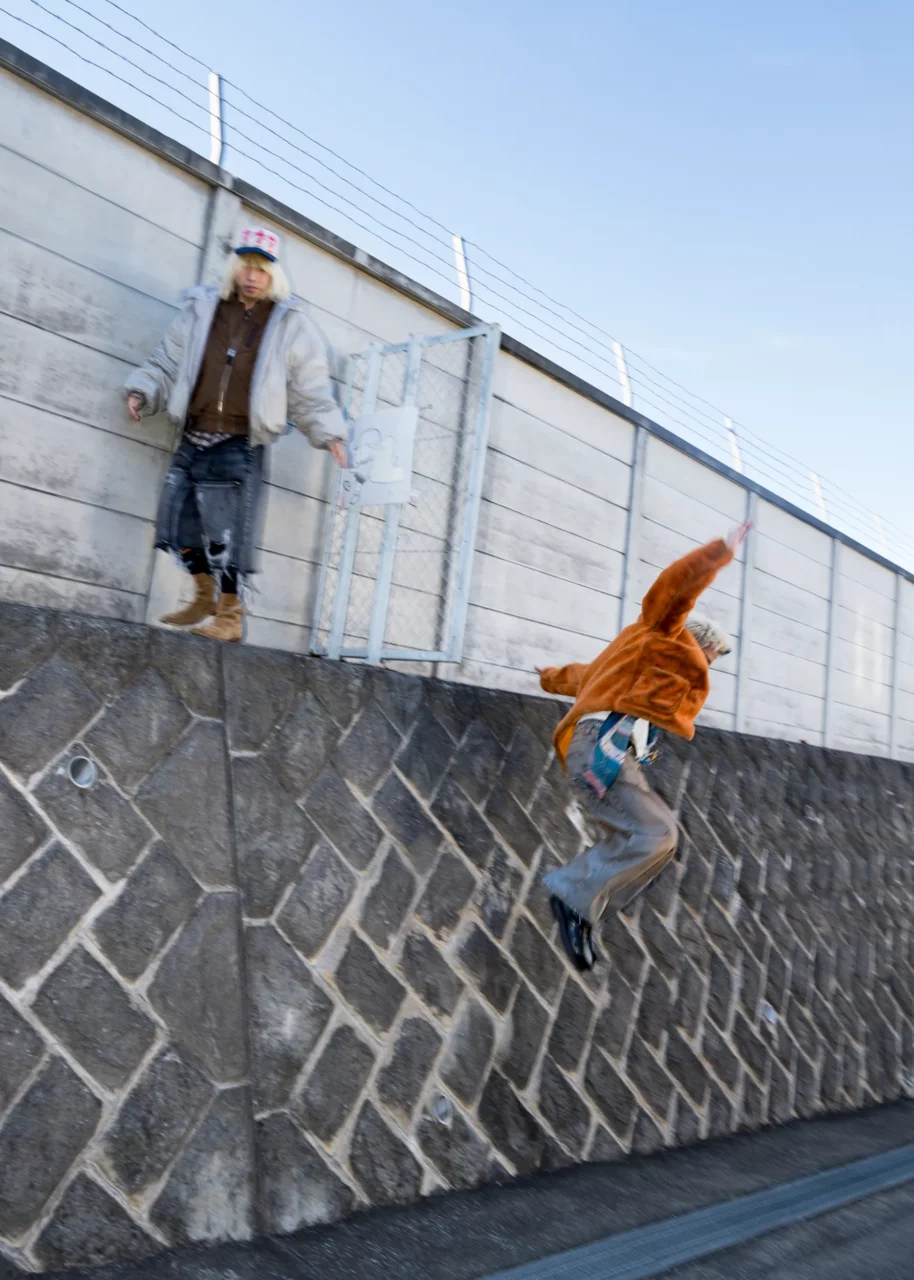
INDEX
Being Physically Present is Essential for Forming Real Connections
In regular conversations, when someone speaks to you honestly, it makes you want to speak honestly too. Do you think this same feeling influenced SATOH’s music this year?
Linna Figg: That could definitely be the case. For example, when you greet a convenience store clerk, there’s a certain way you say it, or when you pick up the phone for a call, like with a service provider, it’s just a “Yes, hello?” to get the message across. I really dislike that kind of communication. It’s all polite, nice, and proper, with a boundary that says, “Don’t cross this line.”
So, could we say that this year, SATOH’s music was about breaking those boundaries and creating sounds and attitudes that invited mutual engagement?
Linna Figg: Exactly. When we performed at WWW X, I didn’t have it all figured out yet. I was still trying to make it a show, thinking that the audience had paid to be there, so I needed to make sure they were satisfied with a high-quality performance. I was even putting a lot of thought into my MCs. But then I realized that this approach made me feel like I was hiding something. When you hide something, the audience hides too, and it just becomes a performance instead of something more real. I used to work at WWW, and the manager once said, “You were a rock star today. But is that really who you are?” That’s when I stopped overthinking my MCs.

A live performance where you fully embrace the rock star persona is cool in its own way, but you felt that it wasn’t something SATOH should do, right?
Linna Figg: Training, repeating the same thing every time — that’s also cool in a professional sense, but I felt that wasn’t for me. When I was in high school, I wasn’t too fond of Disneyland either. I can enjoy it now, though. Everyone goes to Disneyland to enjoy it in the same way, and the Disney staff always have their “Disney face,” right? But even Mickey Mouse might have days when he’s frustrated. When it comes to live performances, it’s more fun when you can see those raw emotions. I didn’t want it to be about “following the planned enjoyment, with everyone leaving with the same expression.” I wanted to avoid that.
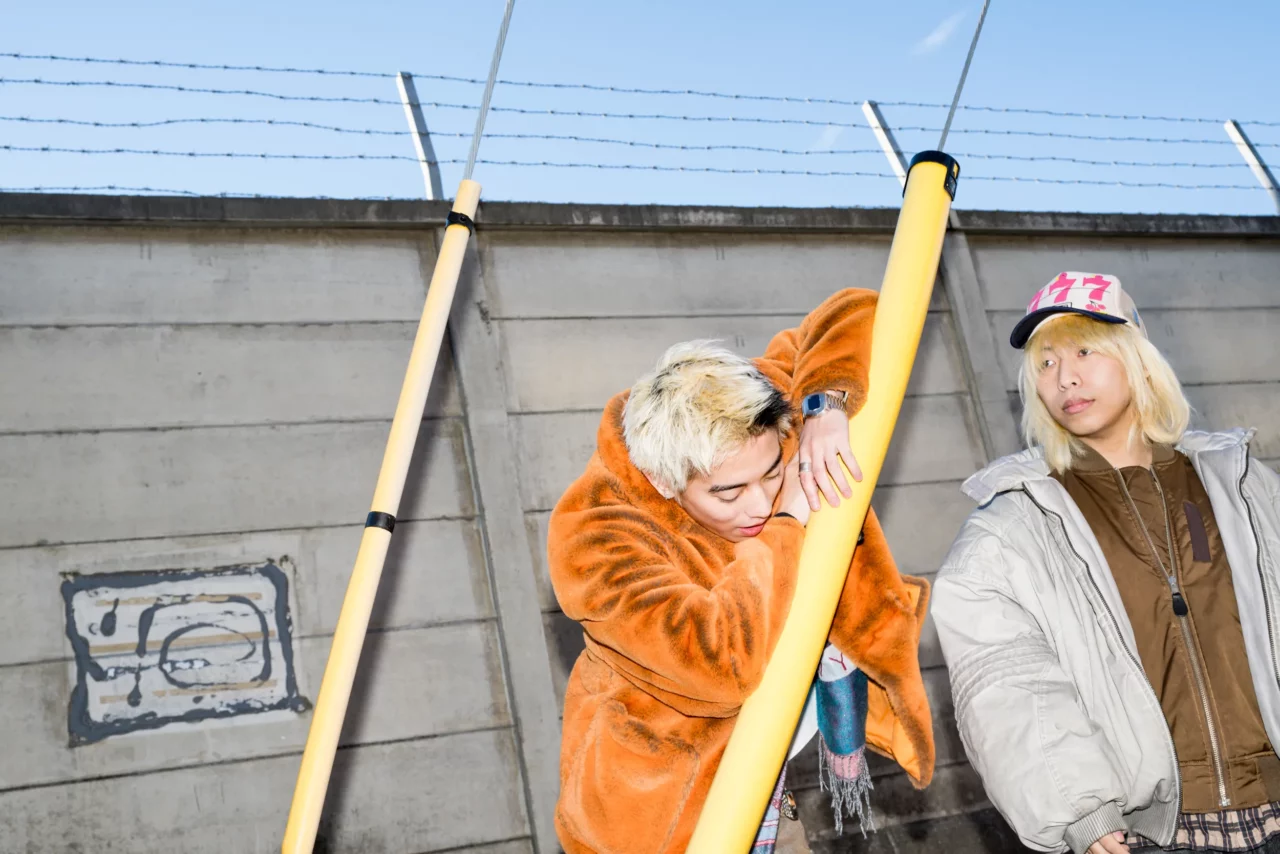
Earlier, you mentioned that doing music feels like searching for friends all over the world. If you don’t step onto the stage as “yourself,” not as a character with a mask, you can’t find those friends.
Linna Figg: Exactly. If I’m not being myself, I can’t connect with people. If I’m hiding behind a façade, the opportunity to connect is gone. I really think live performances are like that.
Kyazm, what do you think about this after hearing Linna’s thoughts?
Kyazm: That was interesting [laughs]. What I always admire about Linna is his words. I usually think what he says is really good. As for live performances, as I mentioned earlier, I’ve been focused on my instrument this year, so I’ve been thinking more about the technical details. But the overall vibe of what Linna said definitely resonates with me.
So it’s because both of you are playing your respective roles — with Kyazm focusing on professionally fine-tuning the sound — that the SATOH stage comes together.
Linna Figg: That’s absolutely true. If it were just me, I’d probably end up doing a crazy live show and calling it a day [laughs].


















